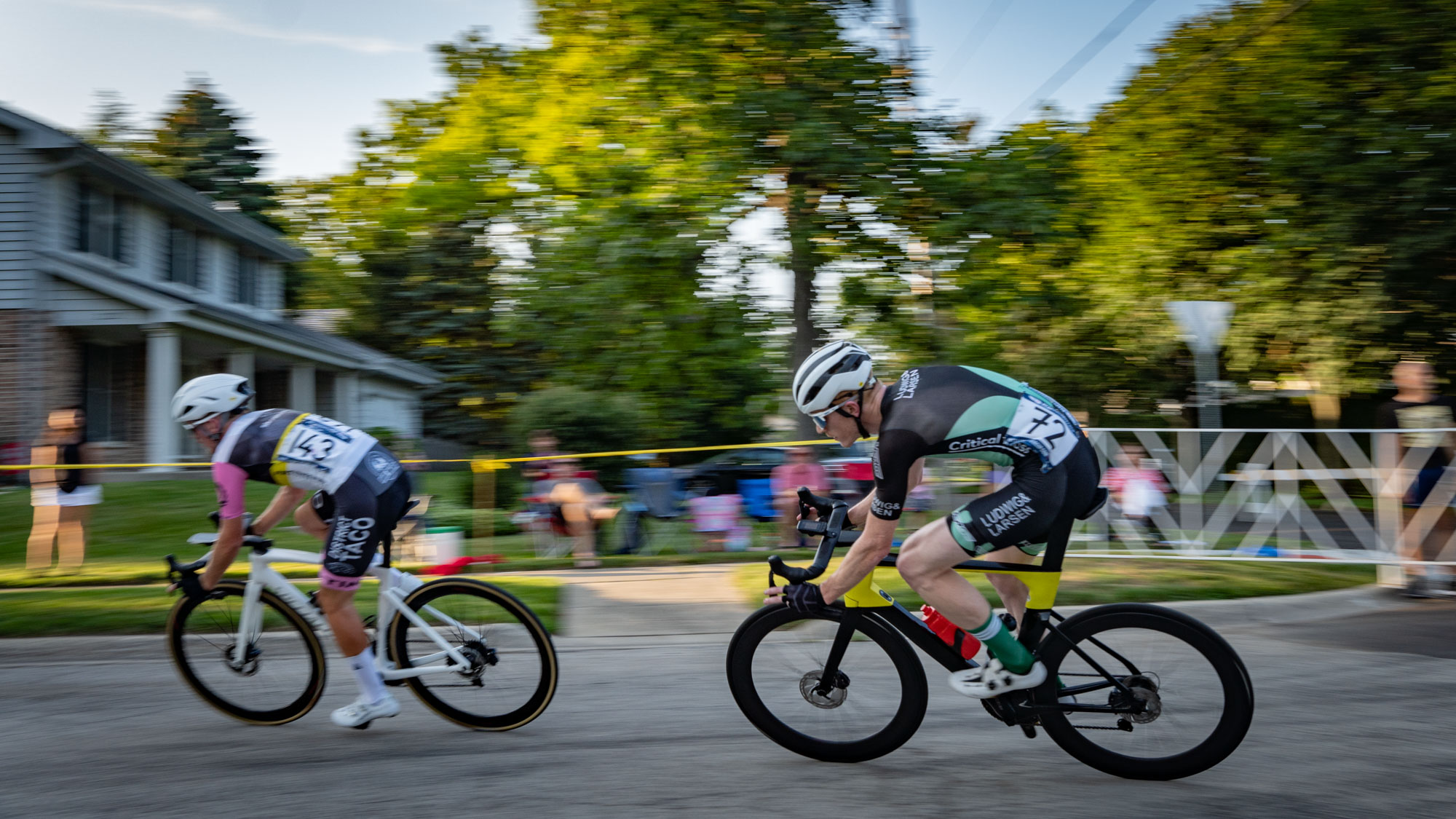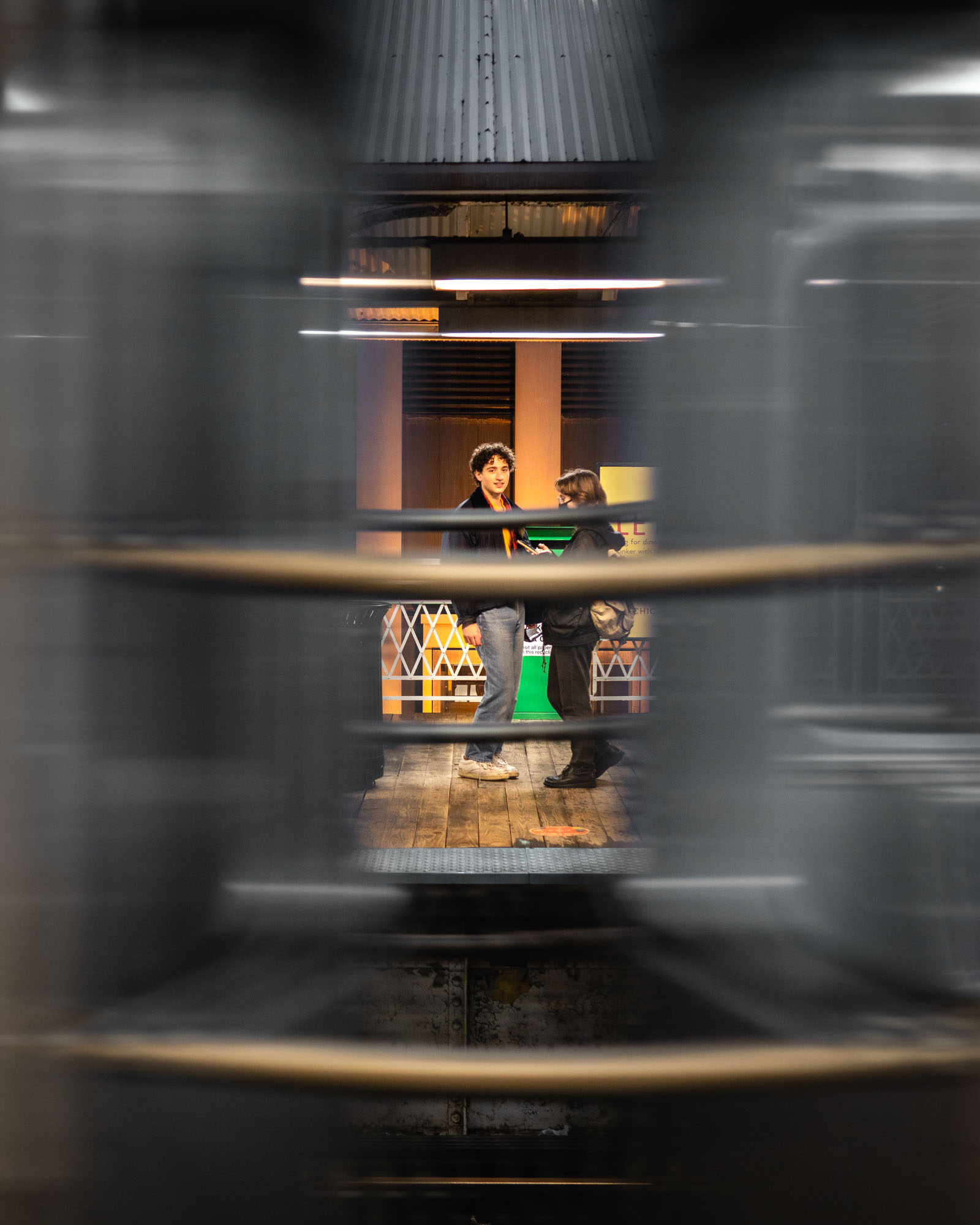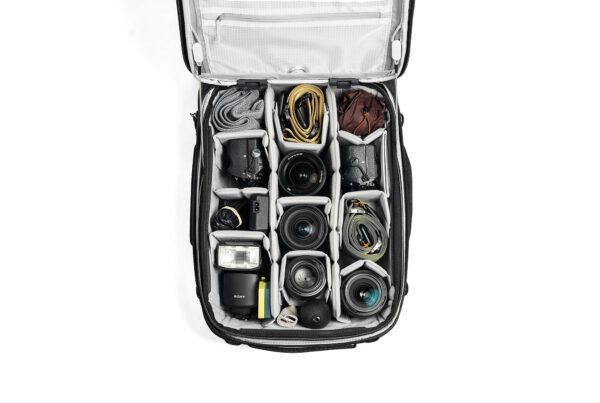
What is panning in photography?
Panning is a great way to produce images full of energy, motion, and even abstract effects. But how does it actually work? What techniques and settings should you use? How can you capture outstanding panning shots?
That’s what this article is all about.
Below, I share everything you need to know about panning, including tips, tricks, and plenty of examples. Once you’re done reading, all you’ll need to do is practice – and with enough perseverance, you’ll create stunning results.
Panning is a great photography technique that freezes objects in motion in a still frame. Panning combines a slow shutter speed with camera motion to create a sense of speed around a moving object. It is a way to keep your subject in focus while blurring your background. Cameras are generally programmed with still photography rather than action photography. To get that specific look of dynamism, a photographer has to trick their camera. A good panning shot needs a slow speed. It takes about 1/30 to 1/80 of a second (depending on the subject’s speed and distance from it this can be even faster). For a good panning shot, the camera should match the speed of the subject and move as they do (great for car photography during driving).
Panning photography camera settings
Camera settings are very important in panning photography. If you are new to the technique of panning photography, here are some settings to use on your camera.
- Wide lenses are better for panning photography. Select a fixed zoom ratio before you press the shutter button and refrain from zooming in or out while you are panning. Panning is easiest with wider lenses, but with practice, you will be able to achieve those results with any lens.
- A slow shutter speed is very important for panning. For the first part of your camera setup, you have to choose a slow shutter speed. Try 1/30 of a second to start, but anywhere between 1/15 and 1/200 of a second can produce a panning effect if a combined property with other elements. Do not use a fast shutter speed because it will highly mute any panning effect.
- For the beginner, use the autofocus camera mode of your camera. Then the camera will identify a subject and continuously refocus on it if it moves from the starting focal point. You can waive this automated function and manually focus on your subject. But you must maintain a constant distance from your subject as you both move.
Most professional photographers prefer manual focus but also have experience in maintaining a steady subject distance.
- Your camera’s aperture should range from f/4 to f/12. A large gap would theoretically bring the background into sharper focus but a blurred background is elemental to panning shots. If your camera has a shutter priority mode, consider using it on panning shots. A shutter priority mode allows the new photographer to choose a specific shutter speed while the camera automatically adjusts the aperture.
How to improve your panning?
Panning is a technique that takes a lot of practice. The only way to master it is by trial and error, so do not give up if you do not get the desired results overnight. Here are some suggestions on how to improve your panning in photography.
- Take time to frame your shot and note the focal length of your lens. Framing is very important and this is where you ensure that your image will be captured correctly by setting it up so that the moving subject enters your frame. And match the speed of what is moving as you are panning the shot.
- Your camera’s continuous shooting mode should be selected when you are trying to master this technique.
- Use the auto-focus mode on your camera. This will help the camera focus on what is moving quickly and seamlessly.
- Using shutter priority mode on your camera can help with adjusting the aperture. This will ensure that your camera adjusts the aperture on its own while you are capturing the motion.
- Your body position is also important. Firstly, you will want to stand with your camera comfortably, in a supportive position that allows you to move the camera and capture the subject accurately. You can do this by standing with your feet about a shoulder’s distance apart, with your knees bent if you like. You do not want to lock out your knees if you are practicing your panning technique for a while.
Examples

Settings
Aperture: F/5.6
Shutter Speed: 1/160
ISO: 200
Focal length: 22mm
Gear
Camera: Sony a6600
Lens: Tamron 18-70mm, F/2.8

Settings
Aperture: F/6.3
Shutter Speed: 1/160
ISO: 200
Focal length: 70mm
Gear
Camera: Sony a6600
Lens: Tamron 18-70mm, F/2.8

Settings
Aperture: F/4.0
Shutter Speed: 1/60
ISO: 400
Focal length: 136mm
Gear
Camera: Sony a6600
Lens: Tamron 70-200mm, F/2.8
Extra trick!
There is a way of achieving motion effects in your photos without even moving your camera. Opposite to what we were talking about before, your subject should be still and your foreground should be moving. Your shutter speed should be around 1/30 and make sure you are in continuous shooting mode, photo below was taken at 11 frames per second. It can take a bit of time to achieve the results you want but don’t be discouraged, practice makes a master.

Settings
Aperture: F/2.2
Shutter Speed: 1/30
ISO: 500
Focal length: 30mm
Gear
Camera: Sony a6600
Lens: Sigma 30mm, F/1.4
Conclusion
Panning is a great technique that intentionally blurs the background. That blur is what gives a sense of motion. We can also use it to our advantage and blur out ugly backgrounds. Now that you have all the information you need, you can start to practice panning images until you get some amazing action photos. Do you want to learn more about photography, check out my blog!








